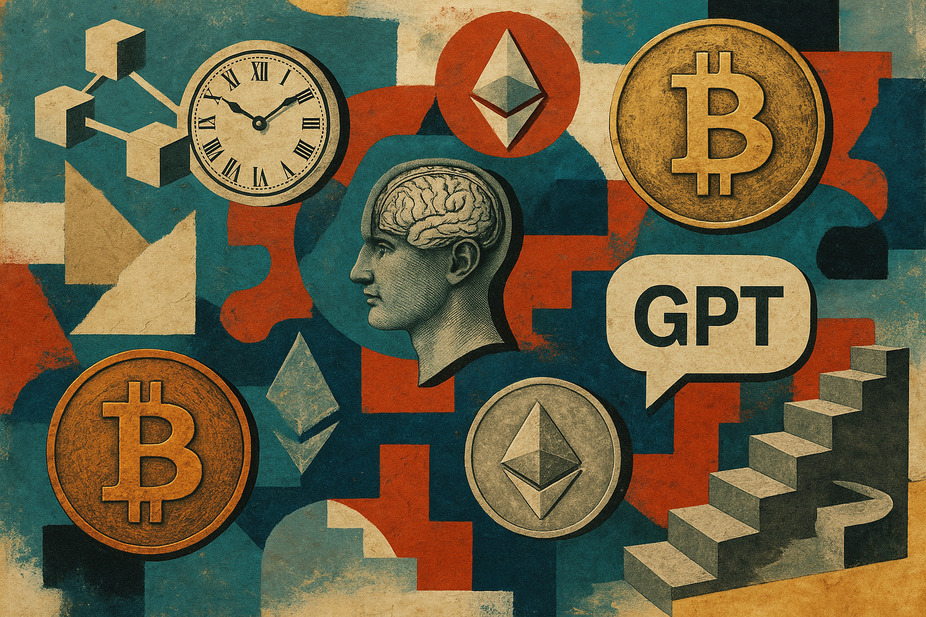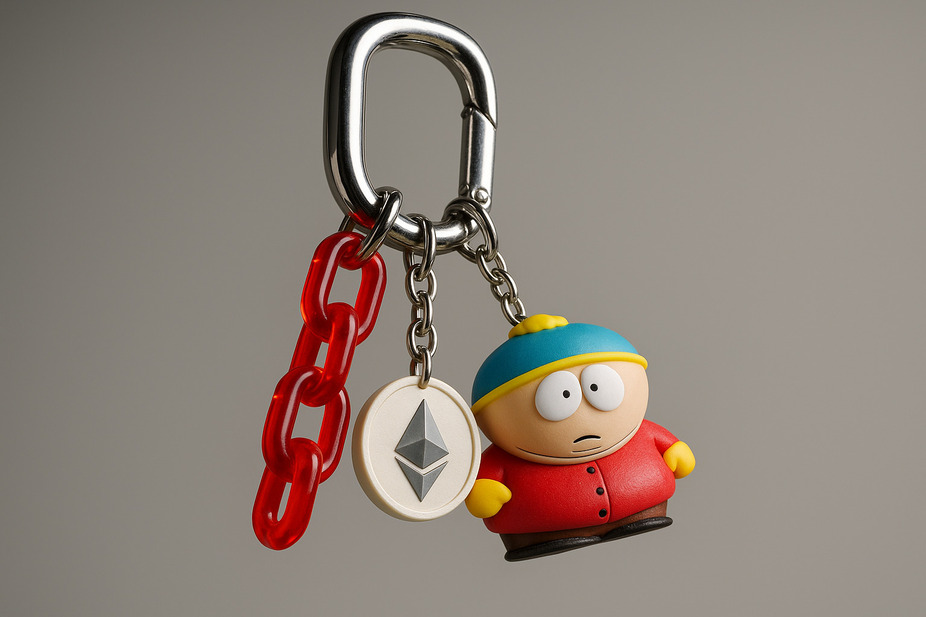SWIFT’s new blockchain plan: what it means for stablecoins and global banks

The folks behind SWIFT, that big company that handles money messages around the world, are now building something new: a system for payments directly on the blockchain. They’re really trying to make their mark in the world of blockchain finance.
Here’s the lowdown
- SWIFT is creating a blockchain platform specifically to help move stablecoins and other digital assets. This is a big deal, as it shifts them from just sending messages to actually providing core blockchain infrastructure.
- Experts think this move could get more banks involved with digital assets and even cut down on how much it costs to get these new systems up and running.
- SWIFT has a huge global network, which is a definite plus. However, some analysts still think we might see different payment systems sticking around, not one big unified one.
So, SWIFT, which has always been the backbone of how financial messages travel globally, is now making a big leap. They’re aiming to become a full-on blockchain infrastructure provider.
Just this week, they spilled the beans on their plans for a “shared ledger” platform. This system would let banks settle transactions using stablecoins and tokenized assets across various blockchains.
For a long time, SWIFT was just the messenger for money moving between countries. But this new platform would put them right in the middle of actually transferring that value.
That’s a pretty huge change for a company that’s been around for over 50 years. They’re known for linking up over 11,500 banks through messages, not for directly moving money themselves.
SWIFT’s big evolution
“The main thing here is that SWIFT’s whole business model is changing to keep up with the decentralized world blockchain has brought,” explained Noelle Acheson, who writes the Crypto Is Macro Now newsletter. She pointed out, “Today, SWIFT doesn’t move money; it sends messages. But on a blockchain, the message is the transfer.”
Acheson suggested that this new platform could act like a “connector” for digital currencies and tokenized assets, linking up all sorts of different systems. Still, she wondered if SWIFT is even needed in a world where money can be programmed.
“Is SWIFT really necessary in a financial system built on tokens? No, it’s not – but they do have ties to pretty much every bank in the world,” she said.
Getting banks on board with stablecoins
Those connections could give SWIFT a real leg up as banks try to figure out their place in the blockchain economy.
“Things are moving incredibly fast in this industry. Stablecoins are being adopted so quickly globally that traditional banks simply have to pay attention,” said Barry O’Sullivan, Director of Banking and Payments at OpenPayd.
SWIFT mentioned that over 30 financial institutions are already part of this project. O’Sullivan expects that number to climb as demand grows and the rules become clearer. “Getting everyone to adopt it, making sure it all works together, and getting regulatory approval will take time,” he noted. “Even so, SWIFT is clearly positioning itself to be a key player in shaping this growing world of stablecoins and tokenized assets.”
David Duong, Head of Institutional Research at Coinbase, added that SWIFT’s platform could also “significantly lower” the tech hurdles and costs for financial institutions wanting to use stablecoins in their work.
O’Sullivan also thinks the platform could bring “some consistency to the global stablecoin ecosystem,” though he believes we’ll still see a mix of systems. “You’ll probably still have existing private stablecoins, central bank digital currencies (CBDCs), and regional solutions all working alongside each other,” he said.
This has been brewing for years
Duong called SWIFT’s new project a “major moment” for both crypto and traditional finance, but he reminded us that it didn’t just pop up overnight. He mentioned that SWIFT has been dabbling with distributed ledger technology since 2017, doing pilot programs with partners like Chainlink, Clearstream, and SETL, and testing how different digital assets could work together. So, building their own shared ledger platform seems like the natural next step in a long process.
However, not everyone might see SWIFT as completely neutral. Acheson pointed out that its role in carrying out sanctions has made some countries wary, especially those whose banks were cut off from the network.
“It’s not clear that their new offering will actually stop payment systems from being fragmented, especially given the global mistrust after SWIFT helped enforce U.S. and E.U. sanctions,” she stated.
Despite all that, SWIFT’s decision really highlights how the lines between traditional banking and blockchain finance are getting blurrier and blurrier. It shows that the world’s biggest financial players are – slowly at first, then all at once – stepping up to stay relevant.












